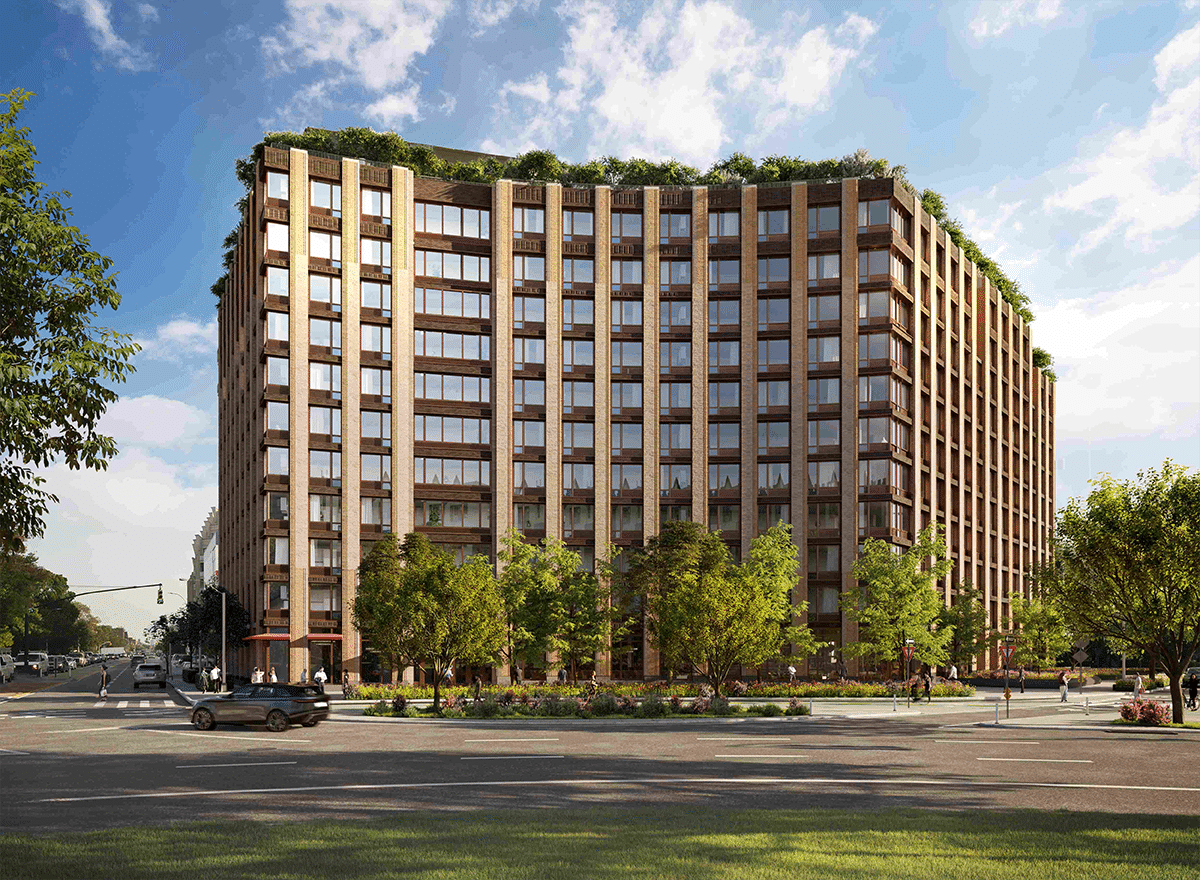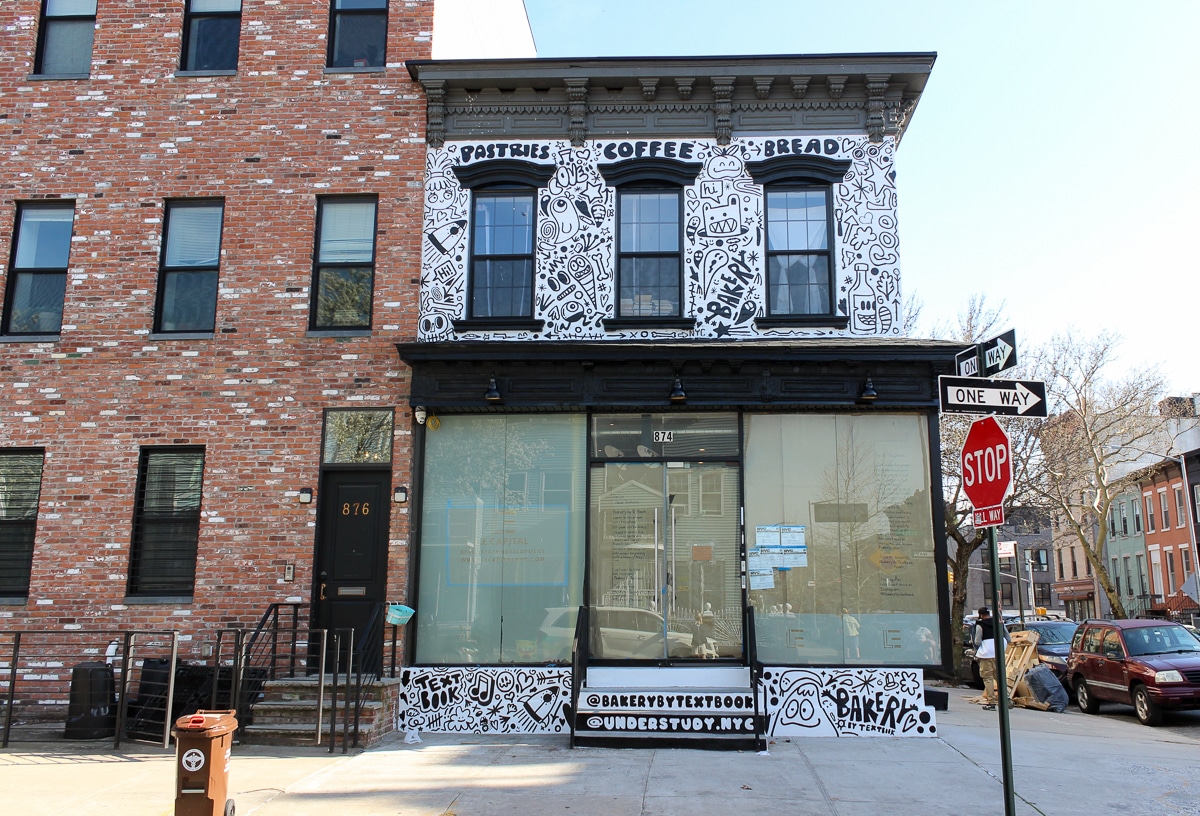Walkabout: Brooklyn Mayor Francis B. Stryker
The village of Breuckelen was established in 1646 by the Dutch, as just about everyone knows. Over the next several centuries, this small village on the river’s edge grew to become the fourth largest city in the nation. The City of Brooklyn was incorporated in 1836, and over the years had many mayors. The early…

The village of Breuckelen was established in 1646 by the Dutch, as just about everyone knows. Over the next several centuries, this small village on the river’s edge grew to become the fourth largest city in the nation. The City of Brooklyn was incorporated in 1836, and over the years had many mayors. The early mayors, up until 1839, were appointed by the Common Council and served a term of a year. They could be re-appointed, if necessary, but no one served for all that long. In 1854, the office of mayor became an elected one, originally with a two year term. This was the case until Brooklyn became a part of the greater City of New York, in 1898.
Whether appointed or elected, Brooklyn’s mayors, like political leaders anywhere, were a mixed bunch. There were great mayors, placeholders, and disasters. Honest men, greedy and unscrupulous men, and men who made so little difference, they have long been forgotten. One of Brooklyn’s earlier appointed mayors was one of the great men. Not so much because he was in office when great things happened, but because he was an honest man with a desire to help his fellow man, no matter the personal cost. In this holiday season, here’s the story of Mayor Francis B. Stryker.
Francis B. Stryker was not one of Brooklyn’s elite. He was not a rich merchant, or the scion of one of Brooklyn’s leading families. He was born in 1811, when Brooklyn was still a village of less than 5,000 people. He was of Dutch extraction, but his father was not one of the successful large farmers whose names now appear on our street signs. Burdett Stryker was a butcher, with a stand at the beginning of James Street, at a place long gone; given over to the approach to the Brooklyn Bridge.
Young Francis was educated in local schools, and received his highest degree of education at the Erasmus Hall, in Flatbush. When he was fourteen, he was apprenticed to a carpenter who had his establishment on Poplar Street, between Henry and Hicks Streets. He completed his apprenticeship and was a journeyman carpenter until 1836, with his own shop at 96 Cranberry Street. Although his father had been a Democrat, young Francis had become a Whig, and in 1838, the party nominated him as one of three tax collectors for the newly chartered City of Brooklyn. He was elected.
Being a tax collector didn’t take away from his carpentry business, but in 1840, he was elected sheriff of Kings County. He would be sheriff for three years, during which time, he had to give up his carpentry. But after his term was up, he was back at his bench, making about $1.50 a day, when the Whigs decided to put his name in as mayor in 1846. He handily beat out the Democratic incumbent, Thomas C. Talmadge, by over a thousand votes. The next year, he beat his opposition, and in 1848, he once again won. By this time, Brooklyn had a population of over 75,000 people, and was growing fast.
Stryker was in his first term when Fort Greene Park, then called Washington Park, was opened to the public, the city’s first large park, which contained the remains of the American prisoners of war who died on the British prison ships in Wallabout Bay, during the Revolutionary War. It was during his second term, in 1848, that Francis Stryker showed his true leadership and his true humanitarian spirit.
That January, an outbreak of cholera broke out on Hudson Avenue, near Tillary Street, brought to the area by sick Irish immigrants who had disembarked and settled there. Cholera would ravage the First, Second, Fifth and Sixth Wards for the next two years. Mayor Stryker took one of his marshals, a man named Staat Dawson, with him, and against all of his health officials’ advice, went through the affected wards, caring for people. At the time, the board of aldermen and the mayor were technically in charge of public health, but really were not required to do much in that capacity, and concerned themselves with less dangerous or messy points of public health. Stryker appointed himself de facto Health Commissioner, and went out among the people. He used his own money to buy supplies and medicines, and went out daily, visiting the sick and doing what he could. The outbreaks occurred every year, and each year, he went out.
When he was mayor, there was no Brooklyn police force. The Board of Aldermen appointed city marshals who acted as police. Mayor Stryker made it his business to go over the laws with his marshals on Sundays, meeting in the Mayor’s office on the corner of Cranberry and Henry Streets. He kept up with trials and arrests. He had taken an interest in one case, where a man had been sentenced to hang for killing two other men. The defense had argued self-defense, and Stryker had done his best to get the governor to pardon him. He was unsuccessful, but managed to get the sentence commuted to prison, and thirty years later, was finally able to have the man pardoned.
In 1849, he was nominated by the Whigs for the office of County Clerk, and the now very popular Stryker won easily. His term was for three years, and during that time, he was also able to parlay that popularity in his business dealings, and was soon much improved in wealth.
At the end of his term, the Republican Party was in its beginnings, and many Whigs were joining the new party, Stryker among them. He was the first Republican candidate for Mayor of Brooklyn in 1856, but he lost to the Democrat, Samuel S. Powell. Undeterred, he went back to civilian life for a few years before being appointed Superintendent of Sewers, a post he held until 1875.
That year, Francis Stryker found himself unemployed for the first time in his life. He had never been married, and had no other family except for a brother, Burdett Stryker. He had made a sizable fortune over the years, but had made many bad loans to friends and acquaintances in need, and had been the guarantor for loans to people who had defaulted on those loans; people who never paid him back.
He spent much of his time in the offices of Cole’s Auction House, on Fulton Street, where property and goods were auctioned daily. There he maintained a desk, and drew up wills, and other legal documents for clients, and acted as a notary, this was his only source of income. Although not a lawyer, it was said that not one of his documents was ever overturned in the courts.
Right before his death, Francis Stryker told the Brooklyn Eagle the tale of burying a man who had died of smallpox. The man had no friends or family, and no one would go into his house to remove the body. Stryker and a friend went in, got the body, and arranged for the funeral and hearse to a cemetery plot that he had paid for. They were the only mourners. He also had two large plots in Evergreen Cemetery for friends and strangers who had no one to bury them, and were too poor to afford a place to be laid to rest. All of the spaces had been filled over the years, well before his own death.
On January 14, 1892, Francis B. Stryker died at his home at 260 Jay Street. He lived there with the widow of his only brother, Burdett, who had died some years before. He was 81 years old. The flags of Brooklyn flew at half-mast in his honor, and he was buried in the one plot he had reserved for himself, in Green-Wood Cemetery. He wanted to be remembered as an honest and uncomplicated man who cared more about his fellow citizens than his personal fame. The Stryker name remains only as Stryker Street and Stryker Court, two small streets in Gravesend. GMAP
(Illustration from whitmans-brooklyn.com)









What's Your Take? Leave a Comment